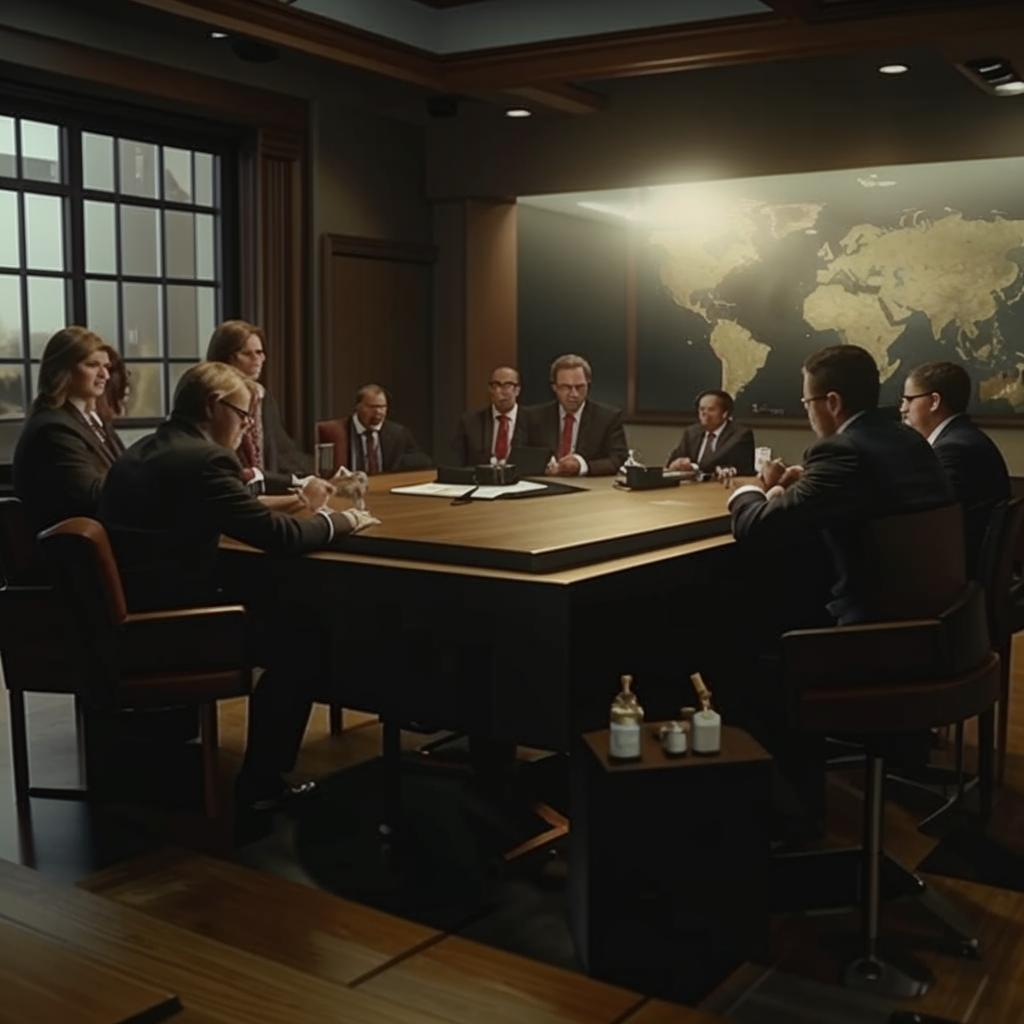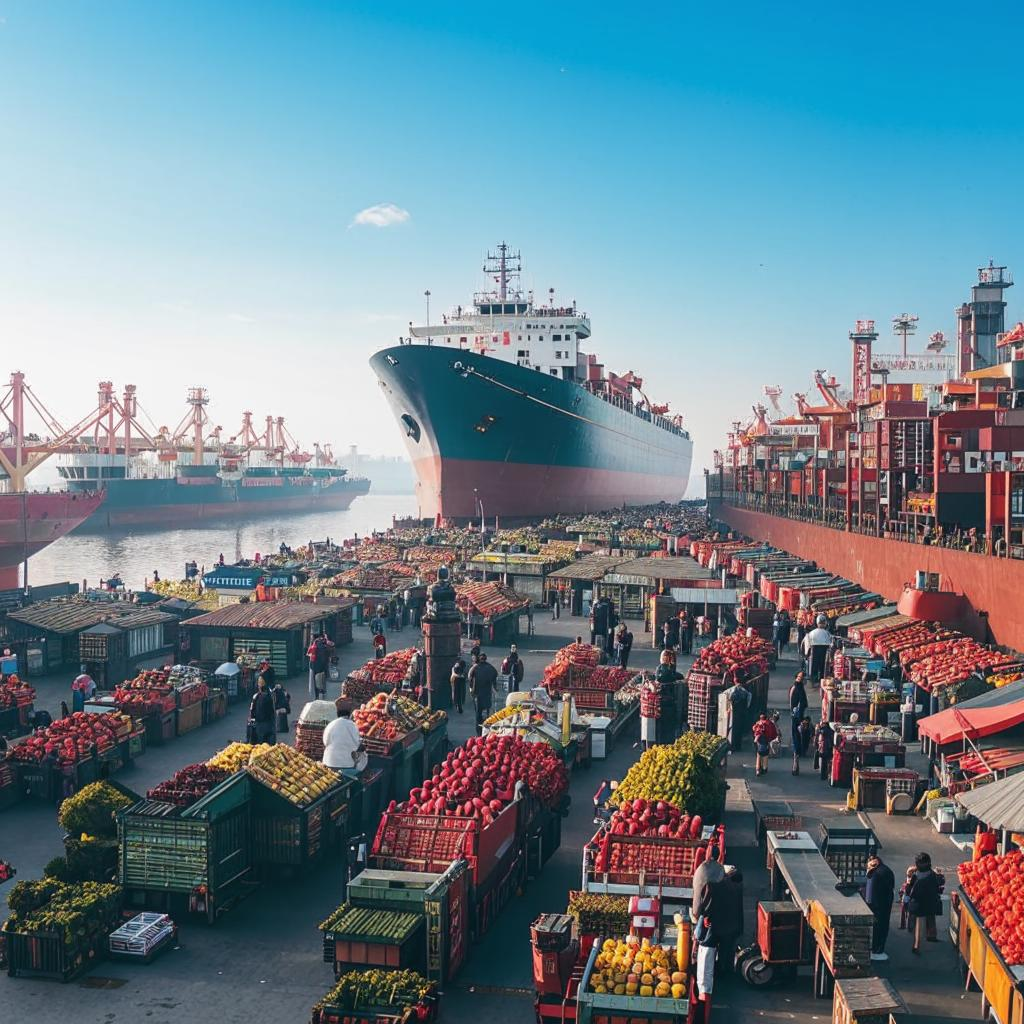The Trump administration’s imposition of tariffs sparked a global trade war, impacting American consumers and businesses alike. Intended to protect domestic industries and reduce trade deficits, the tariffs primarily targeted goods from China, but also affected imports from other key trading partners. Retaliatory tariffs from nations like China, the EU, and Canada increased the cost of imported materials and components for U.S. manufacturers, leading to higher prices for consumers.
Small businesses faced significant challenges navigating the complex web of tariffs and securing exemptions. Many were forced to absorb increased costs, reduce profit margins, or pass the burden onto customers. The tariffs also disrupted global supply chains, forcing businesses to seek alternative suppliers or relocate production.
Economists remain divided on the long-term effects of the tariffs. While some argue they incentivized certain companies to return production to the U.S., others contend that the overall economic impact was negative, contributing to slower growth and increased uncertainty. The tariffs became a defining feature of the Trump presidency, reshaping trade relations and leaving a complex legacy of both intended and unintended consequences. The Biden administration has since partially rolled back some of these tariffs, but the impact of Trump’s trade policies continues to be felt across the global economy. These measures served as a stark reminder of the interconnectedness of the global economy and the potential pitfalls of protectionist trade policies.















